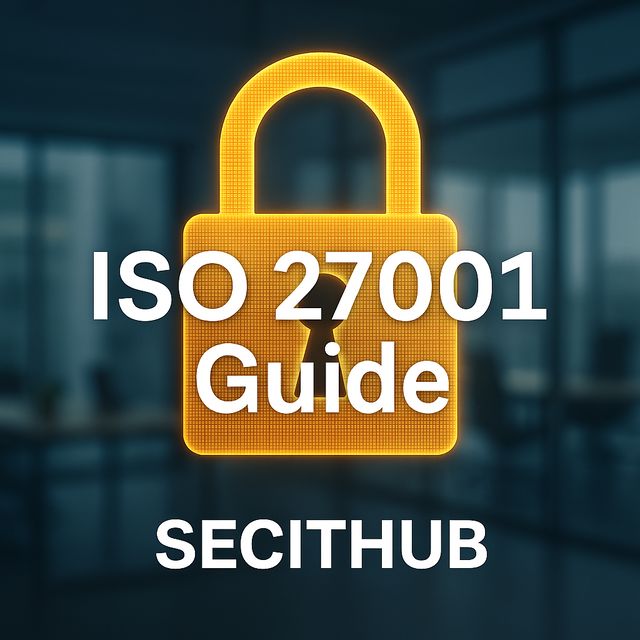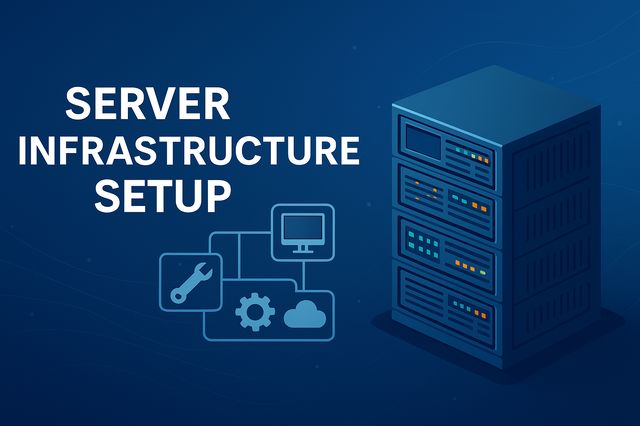For small and mid-sized businesses (SMBs), technology is both an opportunity and a challenge. A reliable IT backbone drives growth, productivity, and resilience. Yet maintaining in-house expertise across all domains networking, cloud, cybersecurity, compliance, and disaster recovery is expensive and complex. This is where a Managed IT Service Provider (MSP) becomes essential.
But not all MSPs are equal. The wrong partner can leave you exposed to downtime, regulatory penalties, and cyberattacks. The right one, however, becomes a trusted advisor, ensuring security, scalability, and business continuity. This guide outlines the critical factors SMB leaders should evaluate when selecting a managed IT provider.
Evaluating Core MSP Capabilities

Availability and Responsiveness
An MSP must guarantee 24/7/365 availability, especially for SMBs that operate across time zones or rely on cloud applications. Look for providers offering tiered Service-Level Agreements (SLAs) with measurable response times such as 15 minutes for critical incidents.
Why It Matters
Business continuity | Even short outages can cost thousands in lost revenue.
Customer trust | Downtime directly impacts customer experience.
Risk management | Fast response prevents small issues from becoming full-scale crises.
Annual IT Budget Planning
A strong MSP doesn’t just fix issues they help you plan strategically. Expect quarterly reviews and annual budget planning that align IT investments with business growth. They should provide visibility into upcoming hardware refresh cycles, cloud migration costs, and licensing renewals.
Why It Matters
Predictability | Avoids surprise costs.
Alignment | IT spend supports business objectives.
Efficiency | Optimized licensing and hardware extend value.
Advanced Resilience and Recovery
Disaster Recovery and Business Continuity
True resilience goes beyond simple backups. The right MSP provides Disaster Recovery as a Service (DRaaS), replicating workloads to cloud environments and ensuring Recovery Time Objectives (RTOs) and Recovery Point Objectives (RPOs) match your needs.
Why It Matters
Compliance | Industries under HIPAA, ISO 27001, or GDPR require documented recovery capabilities.
Operational | resilience: Ensures rapid restoration after ransomware or natural disasters.
Competitive advantage | A business that recovers quickly gains trust over one that remains offline.
Daily Backups and Cloud Services
Ask how often backups are tested and whether cloud workloads are covered. MSPs should provide immutable storage, air-gapped backups, and integration with Microsoft Azure, AWS, or Google Cloud for hybrid resilience.
Why It Matters
Data integrity | Prevents corruption or loss.
Cyber resilience | Immutable backups protect against ransomware.
Scalability | Cloud-native backups support growth without new hardware.
Integration, Partnerships, and Local Support

Third-Party Vendor Partnerships
An MSP should maintain direct relationships with vendors such as Microsoft, Cisco, Palo Alto Networks, and Fortinet. These partnerships ensure faster escalation, better pricing, and access to advanced support.
Why It Matters
Faster resolution | Direct vendor escalation shortens downtime.
Better pricing | Bulk licensing reduces costs for SMBs.
Technology alignment | Ensures your stack is based on best-of-breed solutions.
Local On-Site Maintenance and Support
Remote monitoring is vital, but sometimes physical presence is unavoidable replacing a switch, cabling an office, or fixing a critical server. A qualified MSP must offer on-site support with local engineers.
Why It Matters
Hands-on expertise | Immediate fixes for hardware issues.
Personalized service | Local engineers understand your environment.
Reduced delays | No waiting for third parties to arrive.
Security First | Monitoring, Testing, and Compliance

Security Testing and Continuous Monitoring
A modern MSP must integrate Security Operations Center (SOC) services, including endpoint detection, vulnerability scanning, and SIEM/XDR platforms. Ask whether they perform penetration testing, phishing simulations, and compliance audits.
Why It Matters
Proactive defense | Threats are detected before they cause damage
Compliance assurance | Continuous logging meets ISO, GDPR, HIPAA requirements.
Trust | Security becomes a selling point to your customers.
Choosing the right managed IT service provider can define your company’s ability to grow securely, efficiently, and with confidence. Don’t settle for reactive support demand a partner who provides strategic planning, resilient recovery, local presence, and enterprise-grade security.
References
NIST SP 800-218 – Secure Software Development Framework (SSDF)
Microsoft – Managed Services Solutions
CISA – SMB Cybersecurity and Supply Chain Resilience Guidance


